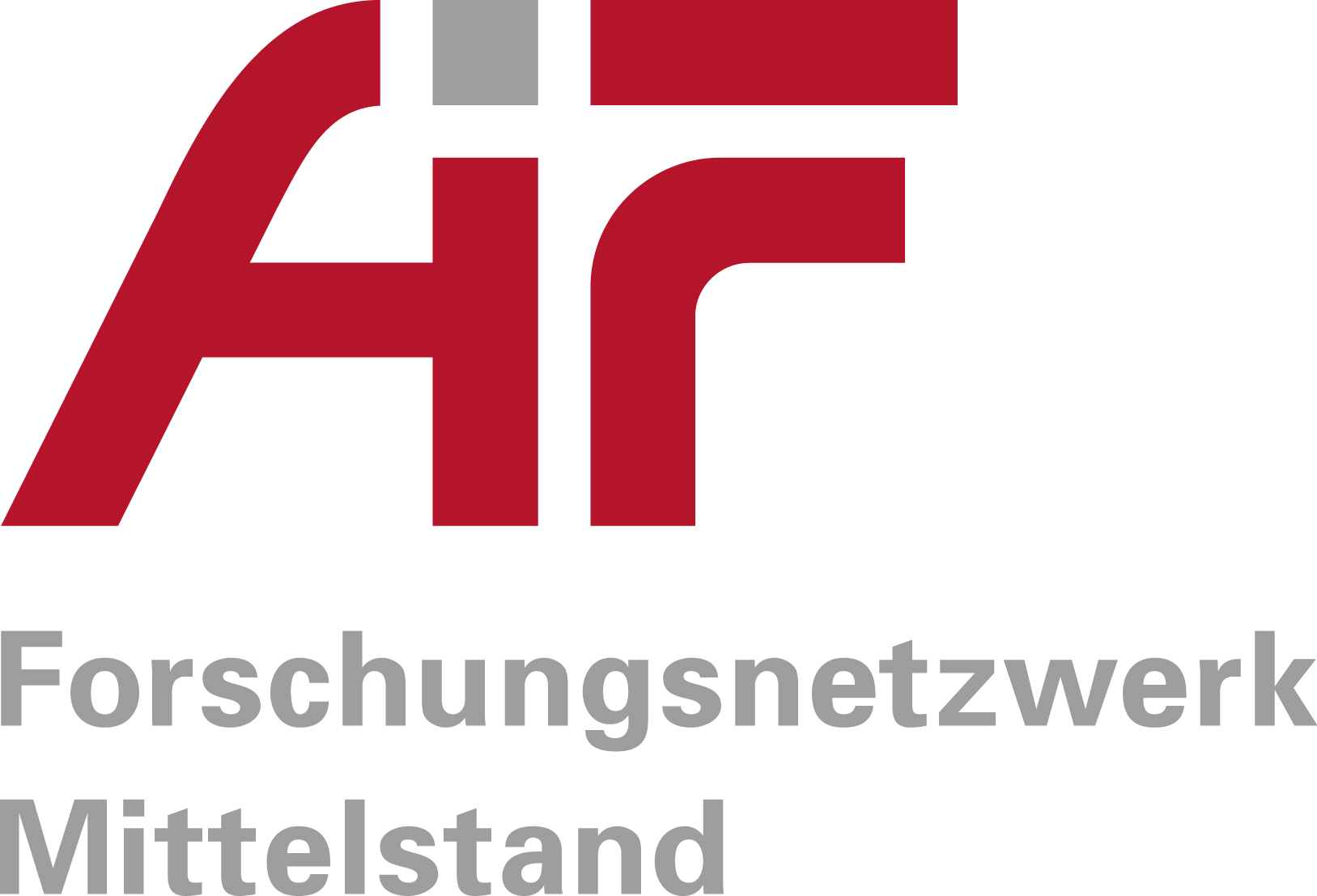Summary of the final report of the SIMONE research project (IGF Project 20928 N)
“Characterization methods for determining the sintering properties of printed micro- and nanoparticle-containing inks and their influence on the homogeneity of conductivity and reliability”
Due to the increasingly diversified requirement profile for circuit carriers in a variety of applications (automotive, antennas, IoT, etc.) and the conventional, sometimes limiting, photolithographic manufacturing, additive manufacturing processes are of particular interest to medium-sized companies due to their high degree of flexibility and innovation possibilities. In this context, conductive structures on circuit carriers are of particular importance. These are created by means of aerosol, piezo or dispensing processes of pastes or inks containing micro and nanoparticles. After application, another process step must follow, sintering. This process is intended to ensure that water or solvent components are removed and the particles contained are compacted so that a continuous conductive structure results. However, there is an effect that has been little researched up to now, known as skinning. Due to a too high energy input, this only leads to the sintering of the surface, which causes an inhomogeneous inner structure and thus leads to different conductivities within it. The fundamental challenge is to characterize this inhomogeneous structure in a meaningful way. The characterization method to be developed should play the key role in this investigation and thus advance the technical and economic optimization of sintering processes. This should make an important contribution to improving the competitiveness of printed electronics, to exploiting the geometric degrees of freedom of additive manufacturing processes and thus to developing new products.
The project involved the following work steps:
- Production of suitable test structures with different material and sintering parameters.
- Development of a new electrical test procedure.
- Testing of the newly developed characterization method:
- Investigation of the interactions between conductivity profile and mechanical properties.
Microstrip lines were printed as samples on substrate material TSM-30 from Taconic, with the exact geometry previously determined for a line characteristic impedance of 50 Ω. Conductivity analysis took place using four-point measurement.
A measurement setup for high-frequency measurements was then constructed in order to be able to infer the conductivity from the measured losses and thus supplement the four-point measurement of conductivity by means of coated glass slides, which is common practice among ink manufacturers, with a further method.
The printed circuit board material was measured before and after heat treatment (60 min at 200°C) in a convection oven using a network analyzer. The test setup was adjusted after the initial results to cause a jump in conductivity that should be visible in the measurement. In addition, the trace lengths were adjusted to 15 mm and 200 mm. The ground planes (bottom side) of the microstrip line were printed with silver paste and sintered at 150°C for 10 min. Thus, at low frequencies, the EM field should penetrate the entire cross-section, i.e. the highly conductive copper layer of the PCB and the significantly less conductive sintered silver layer, whereas at high frequencies the penetration depth is so low that only the copper layer is decisive. A model was developed from the measurements, which was transferred to a simulation. The initially large differences could be adjusted consecutively with a deeper understanding.
For the final test samples, only PG-007 ink from PARU was printed on polyimide film by an aerosol jet process and sintered mainly using a convection oven. The PulseForge 1300 xenon flash light was used as a subsequent sintering of a previously already sintered sample.
The tests with the PulseForge xenon flash light resulted in a significant improvement in the conductivity of the samples previously dried only for 10 min at 80°C, even to such an extent that they achieved better conductivity than the samples sintered only once at 200°C.
Further information about the project SIMONE



